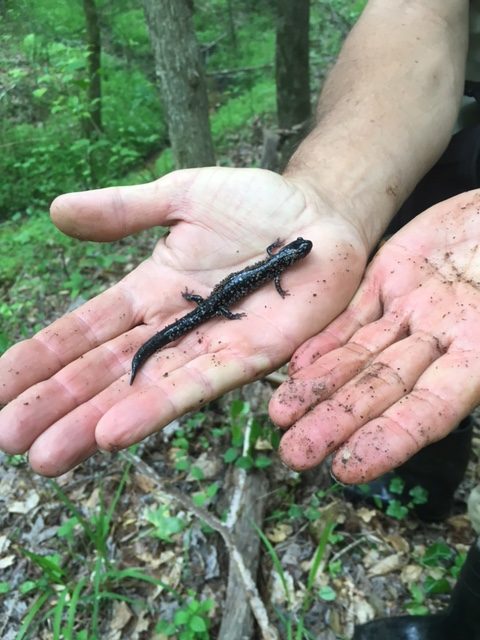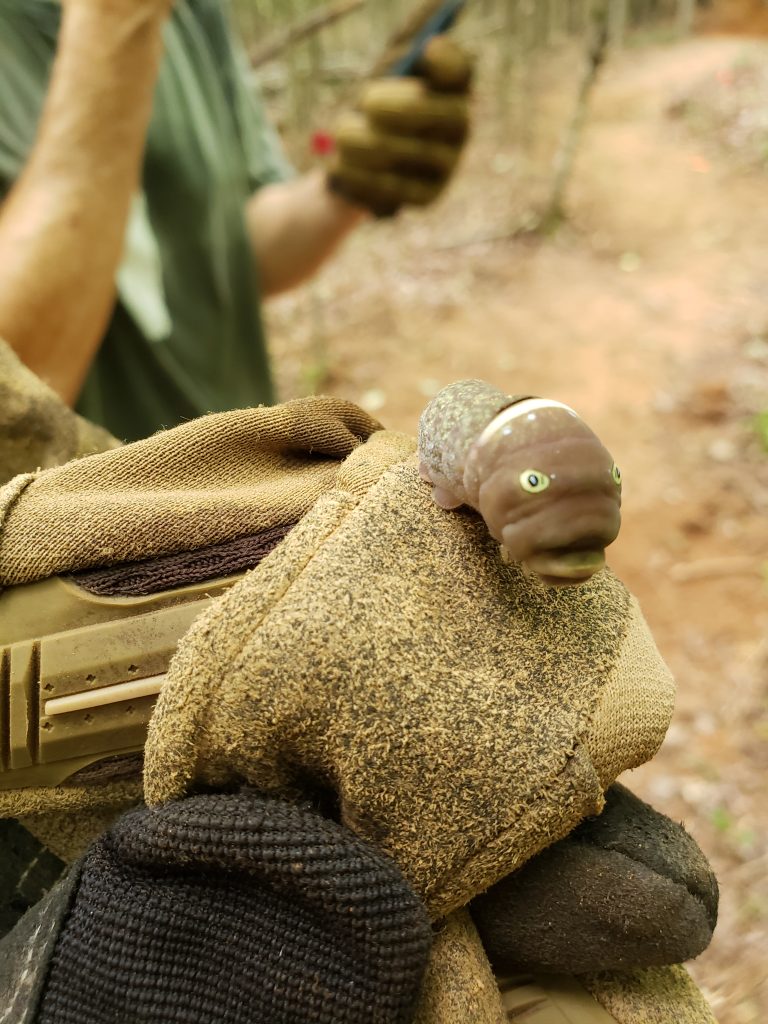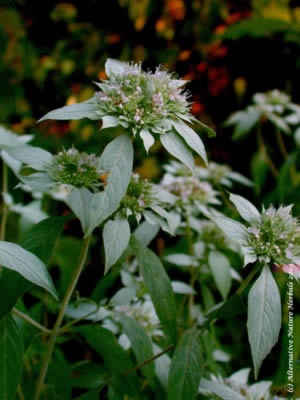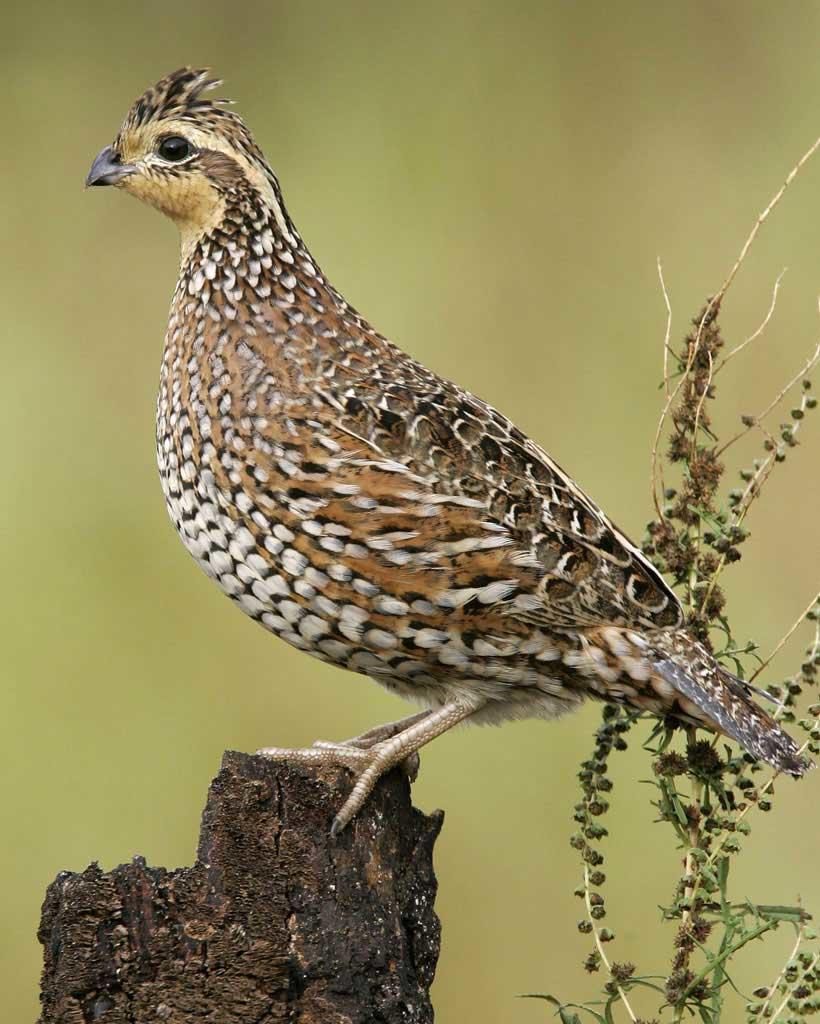The Bailey and Sarah Williamson Preserve is an expansive property with 405-acres of natural beauty that is set to open April 2020. Williamson Preserve is at the heart of Mark’s Creek landscape and has an abundant amount of species present! I can’t wait for you to meet many of these species next year or on one of our Final Friday walks. In the meantime, I would like to introduce you to the white-spotted slimy salamander, Eastern tiger swallowtail, mountain mint, and Northern bobwhite!
White-spotted slimy salamander
The white-spotted slimy salamander is shiny black with whitish cream-colored spots along its body. Their average length is between 4.75 to 6.75 inches. They occur in our area and west to the mountain region. You will most likely see them under rocks, fallen logs, and in thick leaf litter. Their diet consists of earthworms, sowbugs, and roaches.

Did you know? They secrete a sticky white slime that sticks to your hands like glue which is why they are called ‘slimy’ salamanders!
Eastern tiger swallowtail
The color of the Eastern tiger swallowtail can vary. Males are yellow with black horizontal markings across the top of their wings that resemble “tiger stripes.” Females can range from the yellow of the male to a bluish-black color. Females tend to have bright blue marking near the base of their tails. The Eastern tiger swallowtail is found in the eastern U.S. from Ontario south to Gulf Coast and west to Colorado plains and central Texas. You will most likely see them in open, sunny fields and meadows. They are attracted to gardens with flowers such as butterfly bush, wild bergamot, and milkweeds. They also eat the leaves of wild cherry, cottonwood, and willow trees. You can also find them on common herbs such as dill, parsley, and fennel.

Did you guess this critter? When the eastern tiger swallowtail caterpillar matures it develops black false eyespots. The eyespots are a type of deceptive mechanism that helps protect the caterpillar from predators. When predators see the eyespots, they think that the caterpillar is a snake!
Mountain Mint
Mountain mint is grey-green in color and its leaves are slightly serrated but still smooth. The flower of the mountain mint is tiny and white with small purple spots. Both the leaves and the stems of the plant have a soft hairy appearance and they can grow 2 to 4 feet tall and 4 feet wide. They are found throughout the eastern U.S. and southeastern Canada. Mountain mint typically blooms in June or July and remains in flower into September and attracts various types of pollinators. You will most likely find it growing on gravelly shores, meadows, or open woods.

Did you know? Crushed mountain mint flowers can be placed on toothaches for a painkiller and also rubbed on clothing as a natural insecticide.
Northern bobwhite
The Northern bobwhite is a small quail with a small head and rounded body patterned with brown and black markings. In terms of size, they are between a robin and a crow. They are found in the southeastern U.S. They are as far north as Massachusetts and southern Ontario, and as far west as southeastern Wyoming and eastern New Mexico. Despite their range, the Northern bobwhite population is declining. Habitat degradation, fire suppression, and changes to agriculture are some factors affecting their numbers. Measures such as conservation initiatives can help protect the species. You will most likely see them in overgrown fields, shrubby areas, and open pine forests. Their diet includes insects, seeds, and leaves. Although they are a rare sight, one can often hear their call in the early morning or late evening in the fields near the Pack House at Williamson Preserve.

Did you know? If danger threatens a Northern bobwhite young, parents may put on display to distract the predator.
All of the four species are different, however, they all have something in common – they all live at Williamson Preserve! Be sure to keep an eye out for the white-spotted slimy salamander, Eastern tiger swallowtail, mountain mint, and Northern bobwhite at future Williamson Preserve events.
If you see any interesting species at any of TLC’s nature preserves, feel free to email your photos to Dymond Generette at dgenerette@triangleland.org for a chance for the photo to be featured on our social media!
